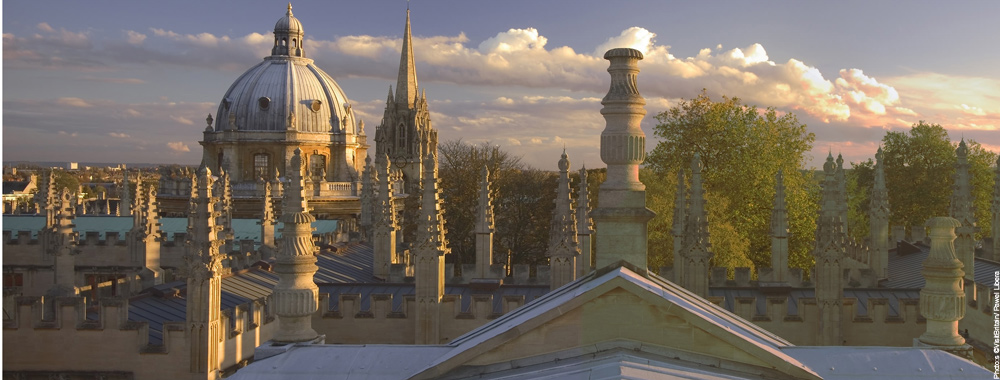
Oxfordshire
For a cultural getaway or a countryside ramble, Oxfordshire is a captivating county. Oxford itself, at the very heart of this rural county, is renowned for its heritage, exquisite architecture, and ancient university. But it’s well worth taking time out time out to explore the surrounding landscapes, enjoy the county’s bustling honey-coloured market towns, discover the film and literary connections or visit beautiful Blenheim Palace.
The first colleges of Oxford were built in the 13th century, but it wasn't until 1878 that women were admitted to the university.
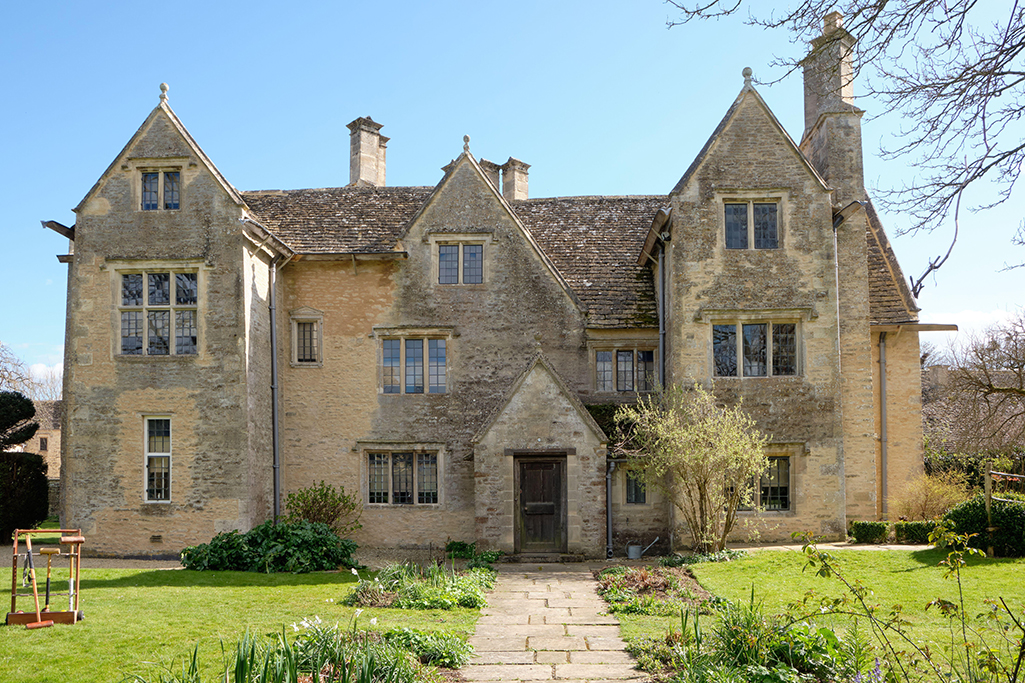
William Morris at Kelmscott Manor: Life’s rich tapestry
William Morris’s idyllic Cotswold retreat has reopened after a three-year renovation. We step inside to uncover the stories and scandals of Kelmscott Manor
Words by Henrietta Easton
A sunny day in June was the ideal time to visit the newly reopened Kelmscott Manor, dripping in lush greenery, its door framed by perfectly placed roses, with that evocative smell of English summer in the air. Once the country retreat of William Morris, the textile designer, poet, novelist and father of the Arts and Crafts movement, Kelmscott reopened to the public this spring, after three years and a £6m renovation.
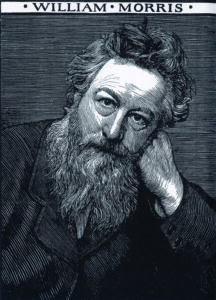
Set in the beautifully unspoilt Cotswold village of Kelmscott, Oxfordshire, the manor had been closed to allow for structural repairs to be made to the house, and for the redisplaying of original furniture and artwork to provide a more accurate impression of what the house would have looked like in Morris’s day.
Approaching the house, walking past quaint cottages, farm buildings and green fields, you get a sense of the beauty and seclusion that so inspired Morris, and you’re left in no doubt as to why he referred to the Manor as ‘heaven on earth’.
When Morris first came across this exquisite example of 17th century Cotswold architecture, he felt so inspired by the craftsmanship of the house, the history of the landscape, and the flora and fauna of the gardens that he took on the tenancy.
Morris rented Kelmscott Manor for 25 years until his death in 1896, initially as a joint three-year lease with his friend, the Pre-Raphaelite artist, Dante Gabriel Rossetti. During this time Morris established himself as one of the country’s foremost designers, becoming the owner of his own furnishing and decorative arts firm Morris & Co in 1875, and beginning his renowned experiments with textile dyeing and weaving.
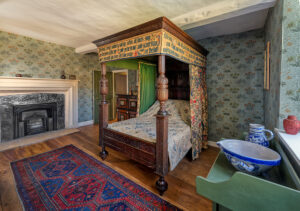
Thanks to Morris’s legacy, Kelmscott is now widely recognised as one of the most significant collections of late Victorian decorative art in the country. Visitors can see an incredible collection of Morris’s possessions and works, including furniture, original textiles, pictures, carpets, ceramics and metalwork.
The manor gardens are a perfect haven, with the expertly designed and beautifully manicured walled garden standing adjacent to wild meadows. The gardens also house a group of historic barns, a dovecote and a stable, once home to ‘Mouse’, the Icelandic pony that Morris brought back from the country for his daughters.
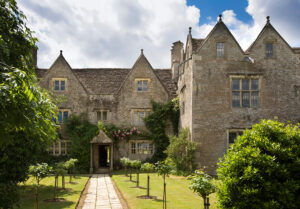
Wandering through the estate gardens, Morris’s inspiration is clear: so many of his beloved designs and motifs grew from plants and trees growing in the verdant space, such as Willow Bough (1887) and the iconic Strawberry Thief (1883). Each of these designs are repeated again in textiles inside the manor, from chairs and wallpaper to plates and curtains.
After Morris died in 1896, his widow Jane and his daughters continued the tenancy. May Morris died in 1938, and bequeathed the house to Oxford University on the condition that the contents were preserved, and the public were granted access. The university passed the house to the Society of Antiquaries, London in 1962.
Under May’s strict orders, the house is preserved as it would have been in Morris’s day, and visitors can walk through the rooms he worked in and experience the inspiration he felt when he lived there. From the idyllic views of cows grazing in the nearby meadows to the gardens in full bloom and the sense of history that pervades the house, it’s hard not to feel similarly inspired.

With so many wonderfully decorated rooms, it’s not easy to pick a favourite. Kelmscott’s Curator, Dr Kathy Haslam, likes Morris’s bedroom best: “The room features new hand-blocked wallpaper in the colourway he would have known, and the reinstatement of some of the items precious to him… It has become a space where objects meaningful to Morris have come together again, and express his energy and enthusiasm as antiquary, scholar and collector.”
After the renovation, the house evokes the life and character of its one-time owner more than ever. “Visitors can now enjoy the manor through the prism of Morris,” says Dr Haslam. “It still feels remote, still retains its rural landscape context and the sense of fragile ancientness Morris was so deeply attuned to.’’
Walking through the house, visitors will also notice the paintings, photographs, and a handful of possessions, of Dante Gabriel Rossetti, Morris’s friend and co-tenant. Adorning the walls and complementing Morris’s beautiful motifs, many of these paintings and photographs are of Morris’s daughters, and even more are of his wife, Jane. Though there’s evident harmony between the artwork, the house and Morris’s interiors, digging a little deeper reveals a sadder story.
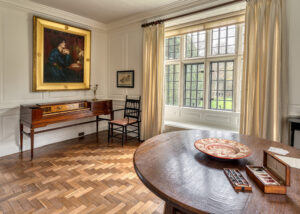
There was another reason Morris was so eager to rent the secluded manor, away from the hustle and bustle of the city – and prying eyes. Around 1865, six years before Morris discovered Kelmscott, his wife Jane began an affair with Rossetti, for whom she modelled. Their affair became the subject of much public attention, with the satirical magazine Punch even publishing an unfortunate cartoon of an adoring Rossetti feeding Jane strawberries.
Rossetti’s paintings of Jane reveal an obvious obsession with her, and although the relationship was extremely painful for Morris, it was his belief that as an autonomous individual, Jane should have the freedom to explore her emotional life. Morris was still in love with his wife, and with her (and, by default, his) reputation on the line in London, looking for somewhere where she could be with Rossetti in private was critical; and so appears Kelmscott Manor.
It is believed that Morris’s pain and emotional isolation during their affair contributed to his decision to travel to Iceland in 1871, almost immediately after he had signed Kelmscott’s lease. For him, an adventure in Iceland was an escape from his crumbling marriage and broken heart.
Jane ended her affair with Rossetti in 1876, due to a dramatic decline in his mental health: he was experiencing schizophrenic-like episodes and was addicted to chloral and whiskey. After his death, Jane admitted that she had loved him, but had fallen out of love with him when he began destroying himself. They did, however, remain friends until Rossetti’s death in 1882, with Jane continuing to model for him on occasion. After his death, Jane embarked on another affair, this time with poet and political activist Wilfred Scawen Blunt, which continued until 1894.
This is an extract. Read the full article in the September/October issue of BRITAIN out on 12 August.
Read more:
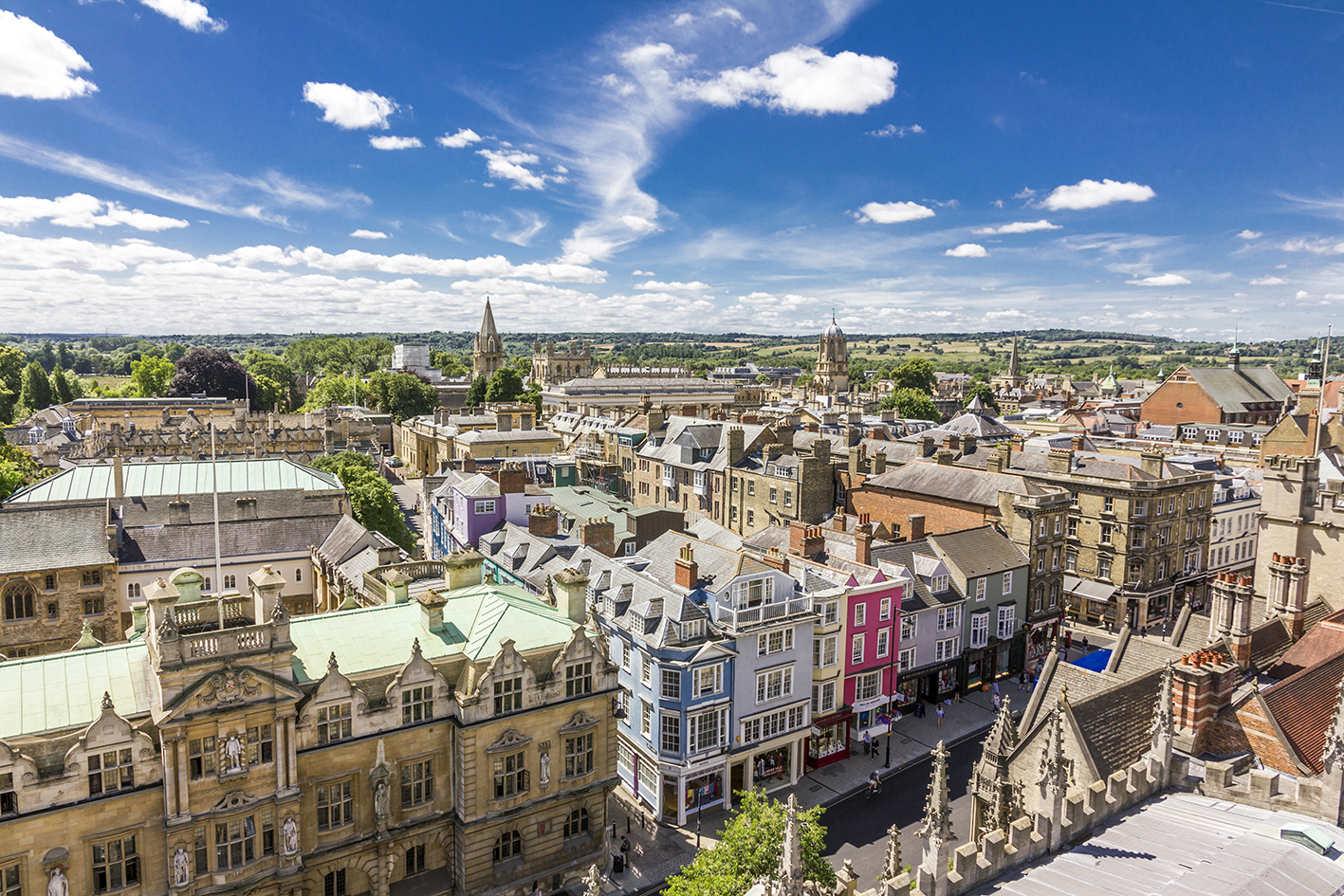
7 ways to follow in Harper Lee’s footsteps at Oxford University
The author of To Kill a Mockingbird embarked on her writing career after attending an Oxford University summer school. Is an Oxford summer experience the inspiration you need to start your writing career?
SPONSORED POST
In the summer of 1948, a young law student named Nelle Harper Lee was at a crossroads. Her father and sister were both lawyers – but Nelle was interested in literature, not law.
Her father agreed to send her to an Oxford University summer programme for a few weeks. From his point of view, the experience would let Nelle indulge her love for literature, while demonstrating that a well-paying career like law offered opportunities for travel. During her weeks in Oxford, Nelle attended lectures in literature, history, politics, economics and philosophy. She explored the city, absorbing its rich heritage.
Harper Lee’s summer experience in Oxford was a catalyst for the beginning of her writing career: immediately after returning home she dropped out of law school, moved to New York City, and began to write.
Harper Lee’s writing career found a springboard during her summer in Oxford. What could you learn at Oxford University this summer?
Write Now! Creative Writing Summer School
Perhaps you’ve not yet begun your novel, short story, memoir or poem; or perhaps it’s well underway, but you’re not yet confident about editing and polishing. Now imagine yourself in Oxford: spending a week with Oxford tutors in small-group workshops and seminars, receiving tutor feedback on your work, attending plenary lectures, and experiencing it all in the beautiful historic environment of thirteenth-century New College, Oxford. With four genres to choose from – fiction, young adult and children’s fiction, poetry and life-writing – you can let your imagination take wing this summer.
The Write Now! Creative Writing Summer School takes place over one week in August.
Critical Reading Summer School
Take your passion for literature to the next level. Acquiring skills in critical reading pulls you deeper into written works, leading you to a greater understanding of what the author intended in their choice of words, metaphor, tone, viewpoint. With an enhanced appreciation, you’ll fall in love with literature all over again. You’ll spend the week studying, dining and living in New College, one of the most architecturally striking colleges in Oxford, combining spectacular buildings and gardens set against the twelfth-century city wall.
The Critical Reading Summer School takes place over one week in August.
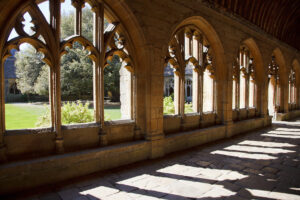
‘Battle-Scarred’: The Human Costs of the British Civil Wars
Join us at Oxford’s historic Merton College, once home of the royal court of Queen Henrietta Maria, for an immersive week-long residential summer school on the British Civil Wars (1638–1652). Sometimes called the Wars of the Three Kingdoms, these wars were the foundational moment in forging relationships between the English, Scots, Irish (Welsh and Cornish) peoples. They have cast a long shadow over British and Irish history since, shaping the development of national, regional and local identities in these islands – and they are now taking centre stage as a critical event in the welfare history of Europe.
‘Battle-Scarred’: The Human Costs of the British Civil Wars takes place over one week in July.
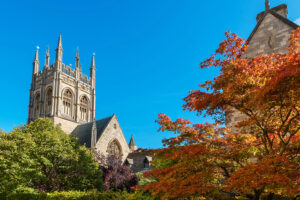
Creative Writing Summer School – Intermediate and Advanced
This three-week summer programme lets you immerse yourself in your craft. Under the guidance of experienced tutors, you will write, develop your technique, sharpen your critical faculties and discuss your work in small, focused seminars. Each weekday you will attend a talk given by an author, publisher, agent, or editor. The summer school is held in beautiful Exeter College, which was founded in 1314, and nurtured J R R Tolkien, Philip Pullman, William Morris, alongside many others. At the end of your three weeks, you will have acquired new skills, made new friends, and developed a fresh portfolio of creative writing.
The Creative Writing Summer School meets for three weeks during July and August.
English Literature Summer School
Join us for three-weeks to focus in-depth on English Literature. You’ll work in small interactive seminar groups with specialist tutors, and attend a daily programme of lectures given by leading scholars and distinguished speakers. There are options for both undergraduate and graduate-level study, making this the ideal summer school for students at any level of study, for teachers, and for anyone looking for an in-depth experience of English Literature. Alongside your studies, you’ll have a range of social events to choose from, including walking tours and excursions. You’ll live and work at Exeter College in the very centre of Oxford.
The English Literature Summer School takes place over three weeks in July.
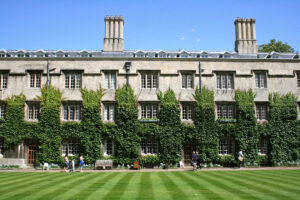
The Oxford University Summer School for Adults
This is Oxford University’s longest-standing summer school, founded in 1888, and is held at Rewley House on Wellington Square, at the heart of the University. With more than 60 accredited courses spanning a huge range of subjects, you may discover a new passion during your stay in Oxford! You’ll enjoy the rigour of being taught in small seminar groups of up to 12 students, and take part in two one-on-one tutorials with your tutor. You’ll benefit from a diverse student body of many nationalities, and will have access to IT facilities and to the in-house branch of the Bodleian’s library. As always there are guest lectures and social events to enjoy.
The Oxford University Summer School for Adults runs week-long courses during July and August.

The Oxford Experience
Held at Christ Church, the 16th century Oxford college built by Cardinal Wolsey, the Oxford Experience is a residential summer programme aimed at non-specialists, providing more than 80 week-long courses in a range of subjects in the humanities and social sciences including archaeology, history, literature, philosophy, history of art and creative writing. Seminars meet each weekday morning, with afternoons free for course-related field trips, individual study, or exploring the many places of interest in and around the city. Live and dine in college, explore the city and the River Thames and enjoy all that Oxford has to offer.
The Oxford Experience Summer School offers week-long courses during July and August.
Whether you are looking to learn for personal enrichment, academic progression or professional development, Oxford University’s Department for Continuing Education has a summer school for you. Find out more here: www.conted.ox.ac.uk/summer-schools
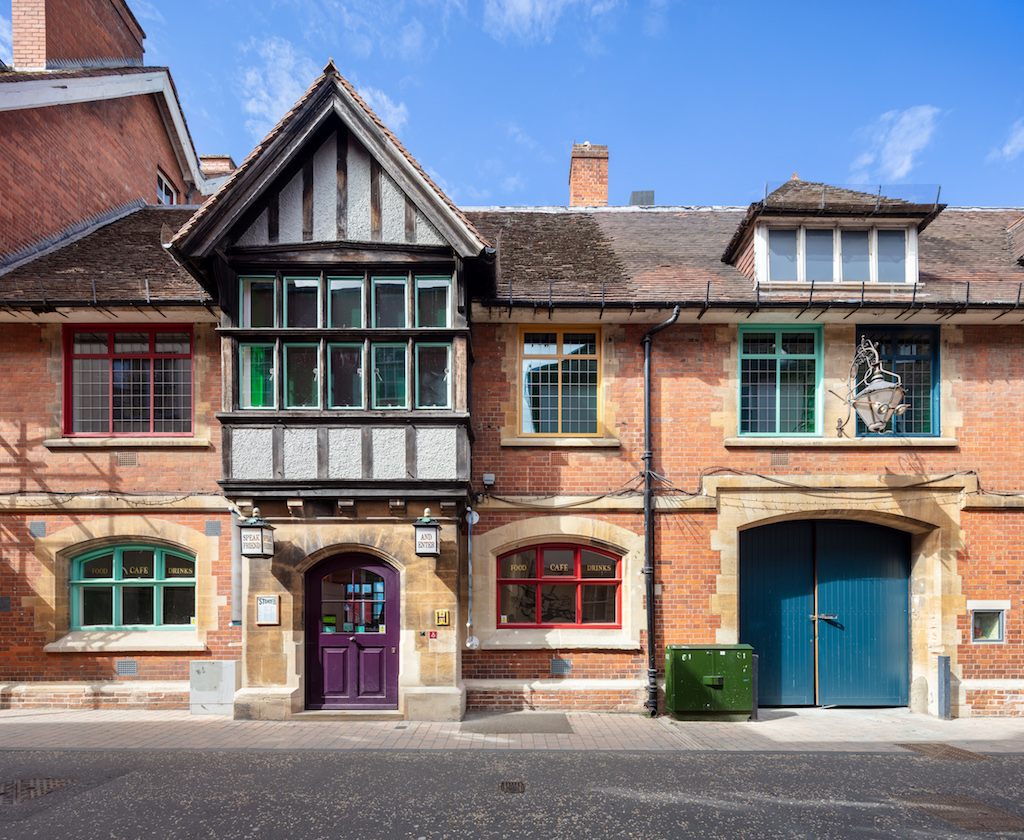
Oxford’s Story Museum is open at last
The pandemic is a challenge that the newly opened Story Museum in Oxford have overcome with creativity. Who said social distancing can’t be fun?
The magic begins the moment you step into the enchanted Portal and pick your very own wand. A simple wave or a twist can open doors, light up hidey-holes or solve puzzles to hear more stories.
The wand is, of course, one of many imaginative ways of making sure a pandemic doesn’t get in the way of charm, fun and beauty. The Story Museum, Oxford, has had many setbacks, but the coronavirus crisis isn’t going to stop it opening this time.

Instead of a long list of dos and don’ts, visitors are tempted with exciting possibilities. Which budding knight, for example, could turn down the chance to ‘purify’ themselves and cleanse their hands of evil with a ‘special potion’ before attempting to draw a sword from a stone?
Even the wait while a socially-distanced forest clears enough to allow visitors to hear each tale has been carefully orchestrated with soundscapes, jokes and simple games. By the time your wand sounds the gong to enter, the magic is flowing.
Tales from the Whispering Wood
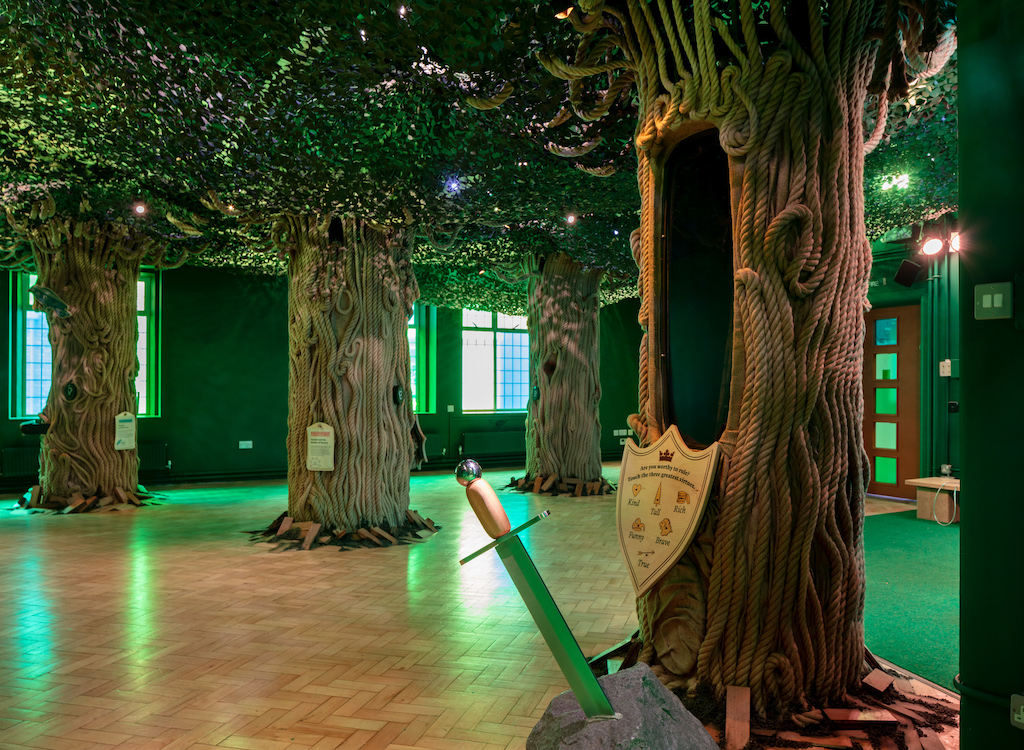
Family bubbles wander through an indoor forest, guided by an invisible hare. Stopping at each tree, they experience a story, myth or fable from around the world. At the end of their journey everyone makes three wishes. They must choose well, though, or end up like the old man and the sausage…
The Story of a Story
The Treasure Chamber exhibition space tells the story of the museum, using memorabilia, objects and images. While this bit is probably more for the grown-ups, the tale is told in family-friendly language, and the tutorial on how to make your own dragon should inspire rainy afternoons.
The Enchanted Library

The Enchanted Library explores the world of children’s books through a series of interactive tableaux and stuffed-full cabinets of curiosity. Crunch through the snowy world of the Lion, the Witch and the Wardrobe.Peer into the haunted parallel realms of His Dark Materials. Gaze up through Alice in Wonderland’s rabbit hole or play pooh-sticks in the Hundred Acre Wood. Visitors can explore the dystopian London of Noughts and Crosses, sneak intoHorrid Henry’s bedroom or even take a flight with The Snowman.
Adults or children?
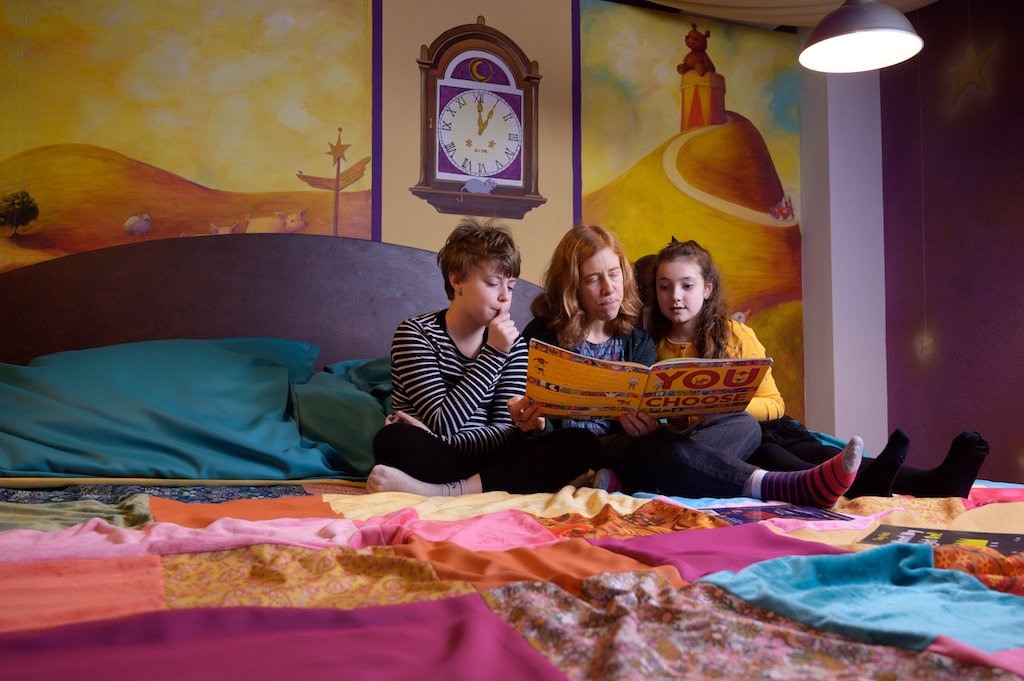
It’s a tough call who will most enjoy the Story Museum. The Small Worlds play area will entertain tinies while older children may prefer the City of Stories film show. For me, this wonderful, happy place is a fabulous, moving nostalgia-fest for adults, made spine-tinglingly friendly for children. And those wands are a palpable hit.
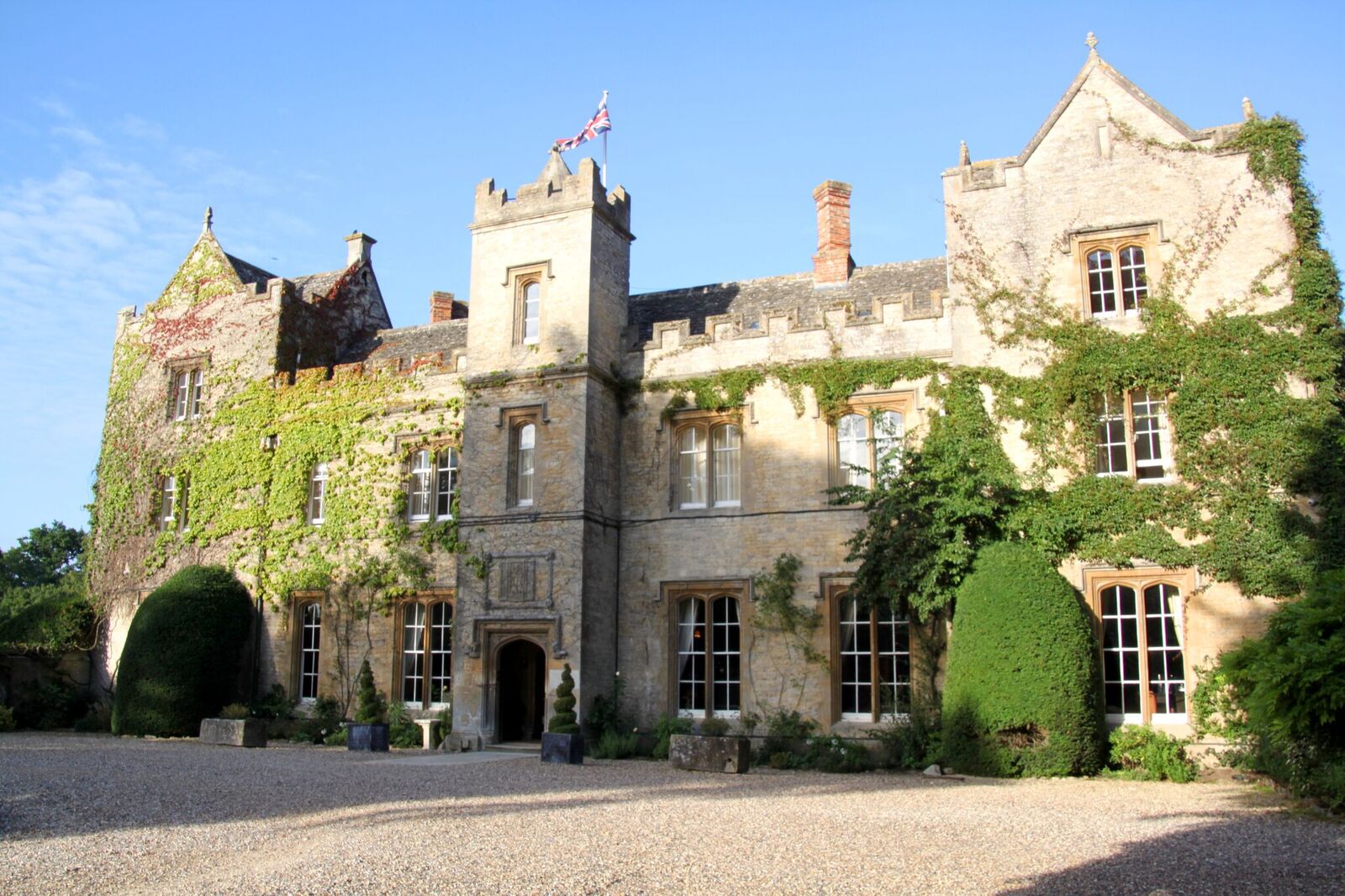
The Manor Country House Hotel review
Visiting The Manor Country House Hotel is like walking into a National Trust property where you can touch the furniture
Shop – then drop
Grade II-listed Weston Manor dates back to the 13thcentury. Built in mellow local stone, it has always been well-situated, within easy distance of Oxford, the Cotswolds and Blenheim Palace. These days there’s an added draw. Bicester Shopping Village is just down the road.
READ MORE: Behind the scenes at Blenheim Palace
Immerse yourself in history
From the moment you pass the ancient wooden front door, history comes alive. A log fire still burns in the 16thcentury fireplace; the paintings on the walls are of the Bertie family, who once warmed themselves by it.
Wonderful Tudor details, such as the rare feather panelling, intricate ceilings and tracery have been carefully incorporated into the design so that it is both comfortable and beautiful.
Sleep tight
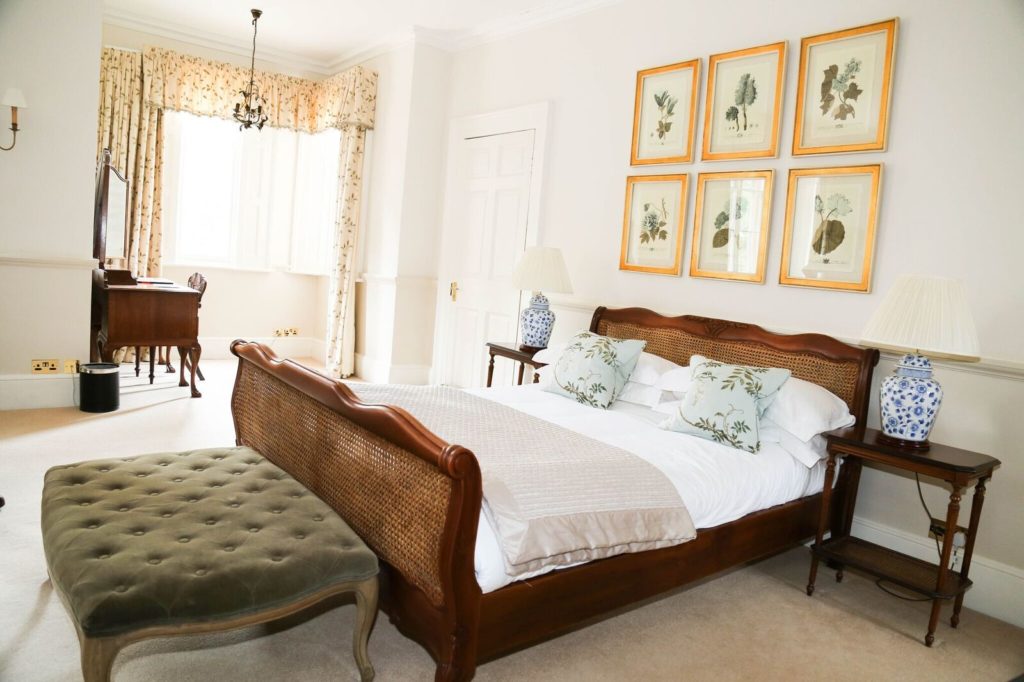
Thirty-two individually-decorated rooms can be reached by timbered corridors and delightful, up-and-down stairs. For a slightly more contemporary twist, there are also rooms in the tastefully restored coach house. Some have four-poster beds, some are ideal for families. All are en-suite. Furry friends are welcome in the special dog-friendly rooms.
Romantic strolls in a topiary fantasy
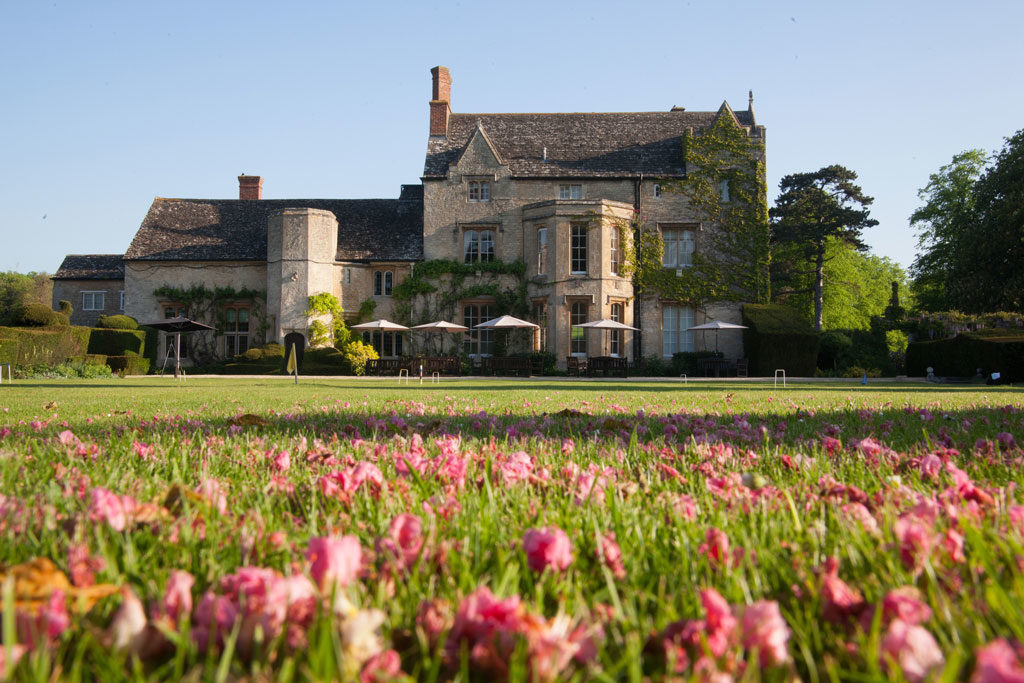
The Manor is set in twelve acres of stunningly kept grounds. There is a seasonal outdoor swimming pool and tennis court. Less energetic guests can explore the various garden ‘rooms’ of sleek hedges, comic topiary animals, sunken beds, herbaceous borders, quiet formal parterres and even a ‘secret garden’. Enjoy a drink on the stone-flagged terrace as the sun sets or step into the garden at dusk to see rabbits and deer sneaking into their night-time playground.
Dine like a Baron

The magnificent hammer-beamed dining room is the oldest part of the manor. It was once the Baron’s Hall, where the Abbot of Osney’s bailiff held court. Today it serves a constantly changing, traditional British menu using locally sourced ingredients.
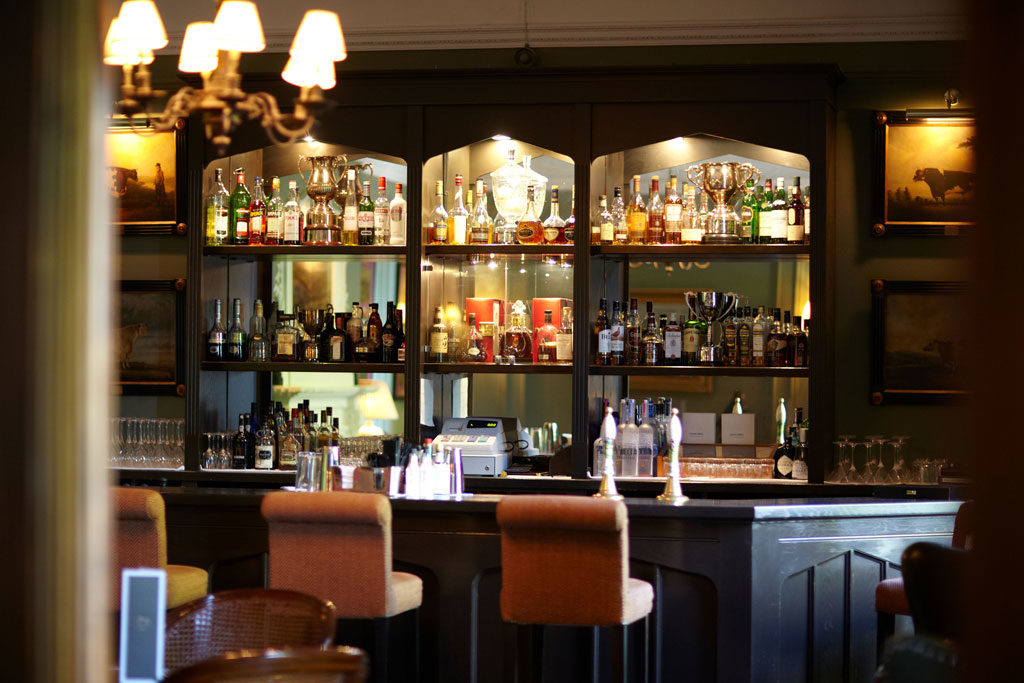
Choose from a wide range of selected wines to accompany your meal. If you’re very lucky, you may get to dine privately in the fabulous minstrels’ gallery, overlooking the great hall without being seen yourself: ideal for the ultimate romantic tryst.
If you don’t have time to dine, why not enjoy afternoon tea – in the snug in winter, the Topiary Terrace when the weather permits.
READ MORE: Your essential guide to Oxford

What’s on in Britain in July
We can’t always rely on the British weather, but even when the sun doesn’t shine we’ve rounded up the best spots to put you in a summertime mood
Henley-on-Thames, Oxfordshire
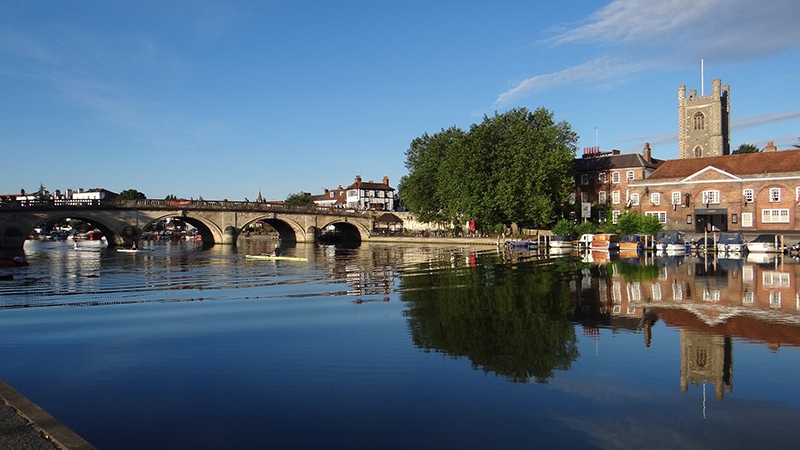
Situated in a beautiful area of Oxfordshire, and just an hour outside London, is Henley-on-Thames. A bustling town with a countryside feel, it makes for an idyllic escape from London on a warm July day: a place to relax and enjoy a cold drink on the banks of the River Thames.
Henley is also home to the Henley Royal Regatta. Founded in 1839, the Regatta is a five-day rowing race, with a one-mile route along the Thames.
Cowes, Isle of Wight
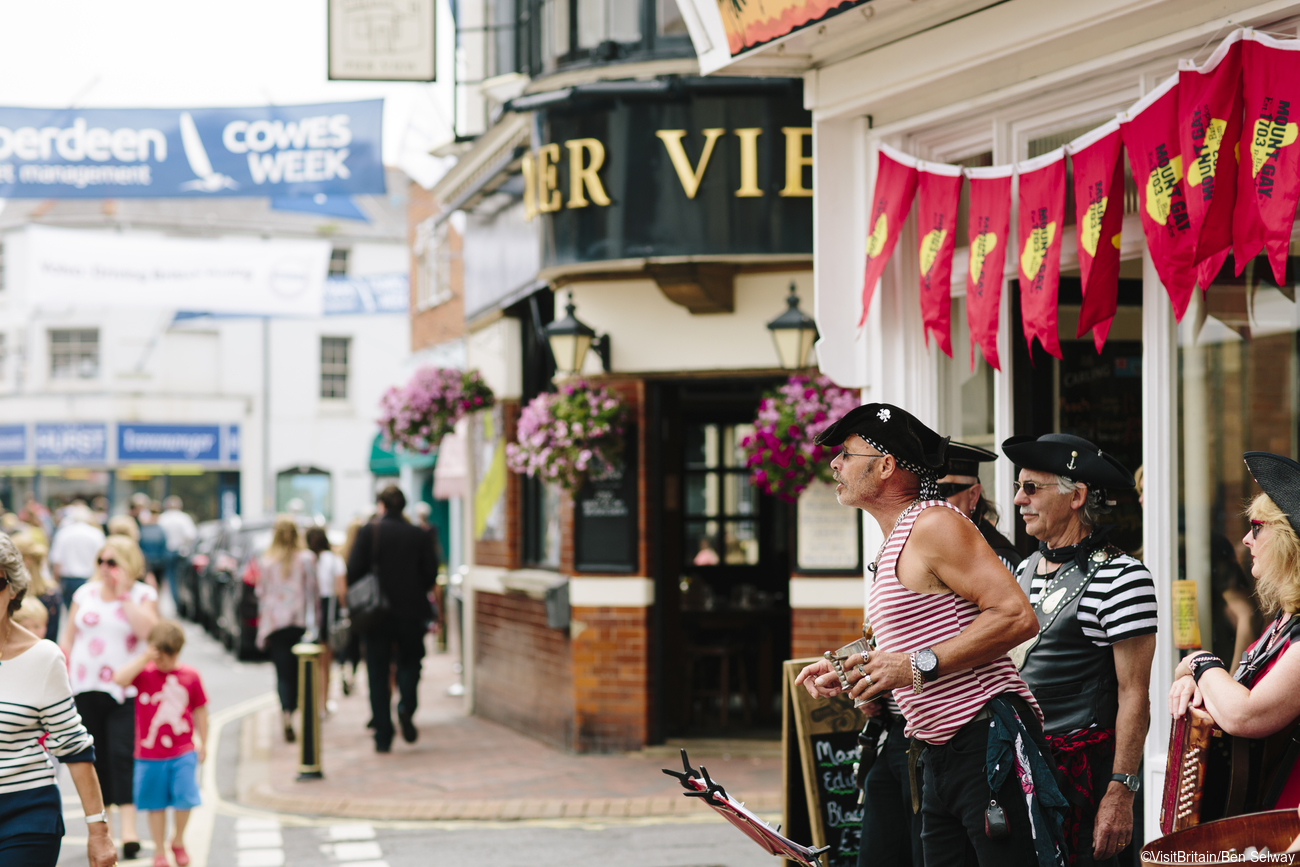
Less than two hours from London and ringed by lovely beaches, the Isle of Wight is an excellent holiday destination and hosts some brilliant sea-related events every July.
Celebrate Queen Victoria’s 200th birthday at her favourite home, Osborne House, or visit for Cowes Week, the country’s best-known sailing regatta, which runs from 10 to 17 August.
The Royal Academy Summer Exhibition
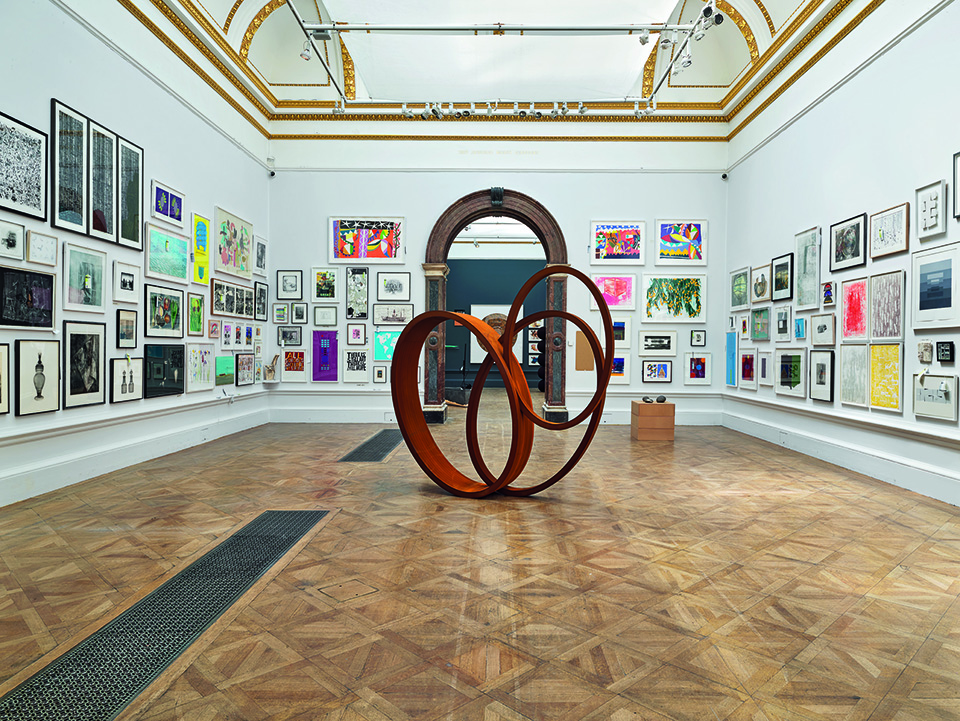
The annual Summer Exhibition at London’s Royal Academy is one of the big art events of the year. With over 1500 carefully selected artworks, this year’s promises to be the biggest Summer Exhibition yet. The Exhibition runs until the 12th of August; buy tickets here.
The Suffolk Coast
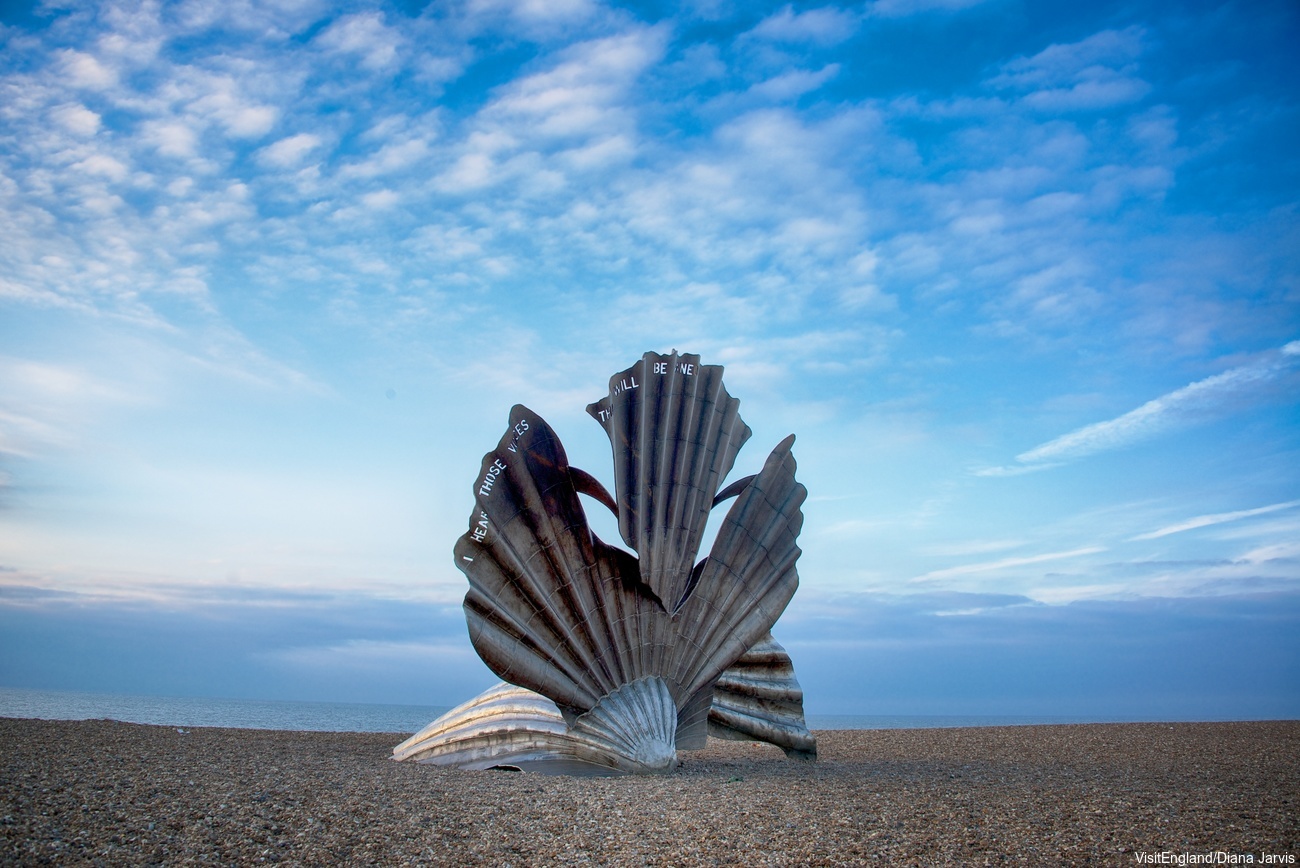
With 50 miles of unspoilt coastline, the Suffolk Coast is summer-holiday heaven. Highlights include Walberswick, a quaint Georgian seaside village with lovely pubs, and Southwold, with its broad expanse of sandy beaches and traditional villagey charm. Aldeburgh, with its world-class concert halls, provides a dose of culture.
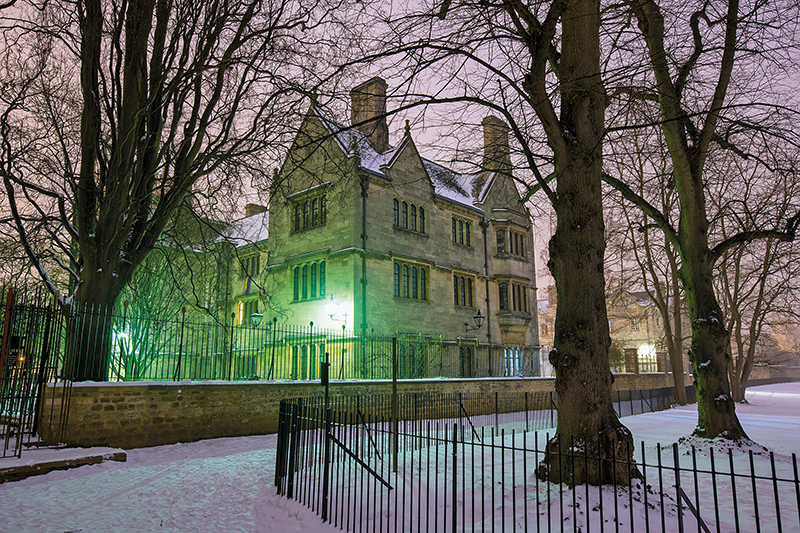
Britain’s most haunted cities
Britain’s long history and the romantic sensibility of its people are perhaps two reasons why tales of spooky encounters are so common – and it’s in our oldest cities that you’ll find the most ghost stories
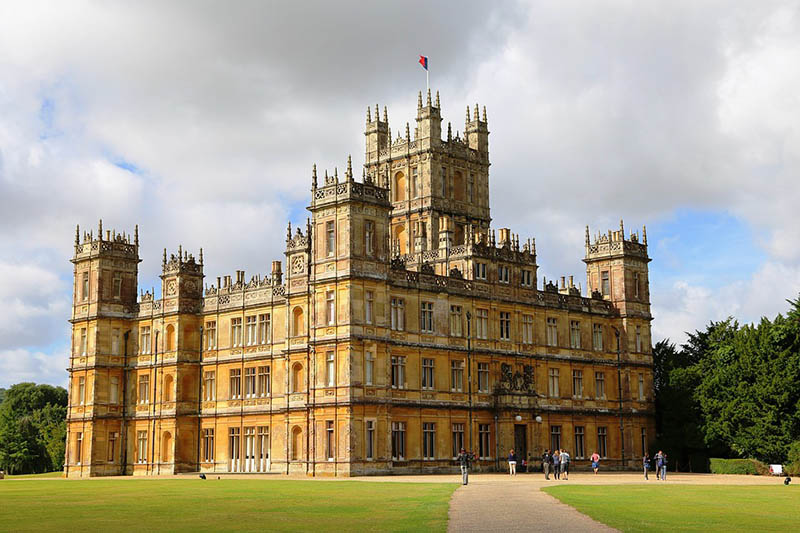
Britain’s most spectacular stately homes
As these photos show, we have some gorgeous grand houses in Britain, from giants such as Blenheim Palace, Chatsworth and Highclere Castle to lesser-known gems
From Downton fantasies to dreams of Mr Darcy, nothing captures the imagination quite like Britain’s beautiful stately homes.
Once solely the proud ancestral seats of royalty and landed gentry, which the rest of us could only peek from afar or working ‘downstairs’, manor houses and country estates across the UK have now opened their doors and their gardens to the public. Architectural wonders, beautiful landscaping, lavish art collections and intriguing tales of visiting royals and secret scandals lie beyond their gates…
Scroll down for stunning photographs of some of our favourite stately homes
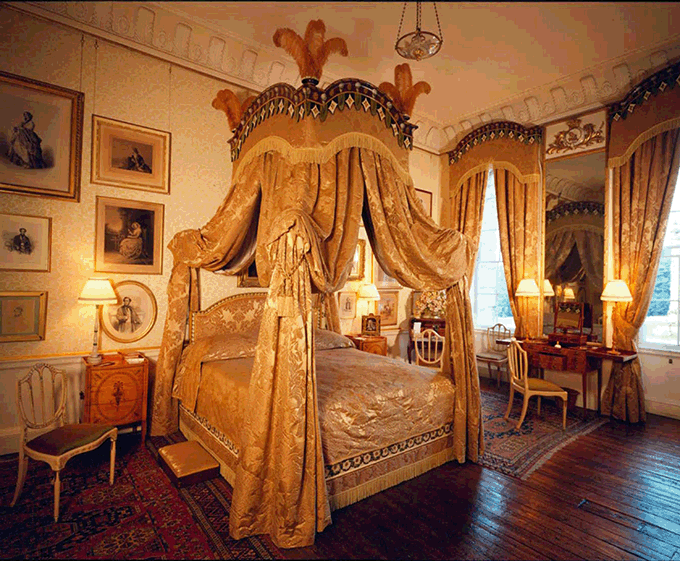
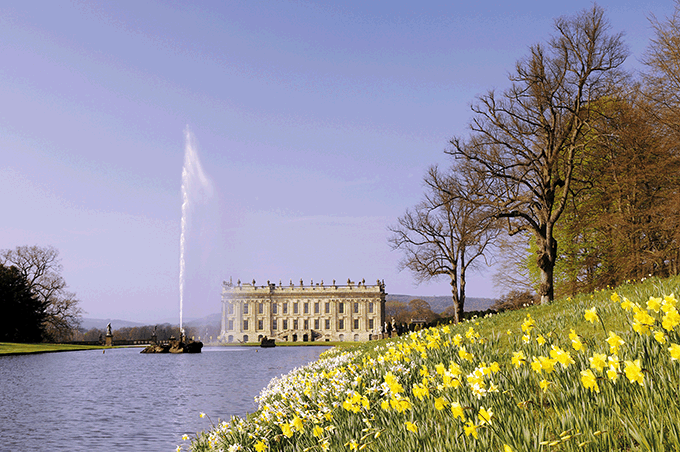
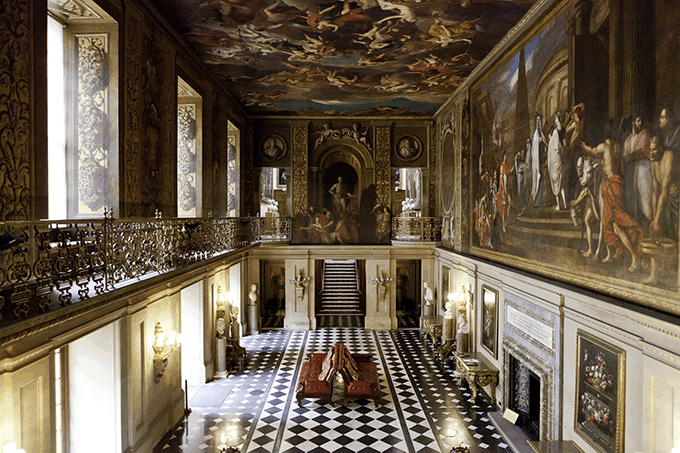
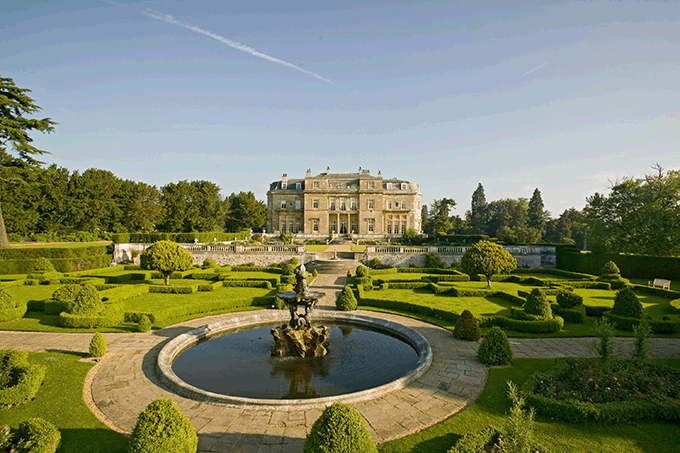
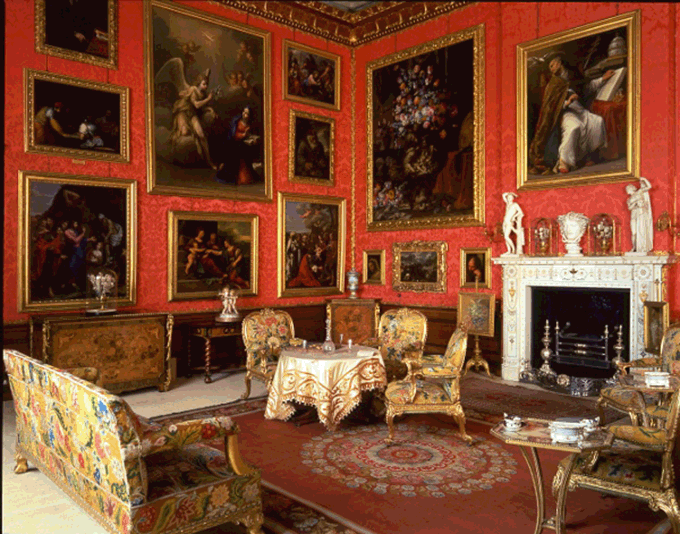
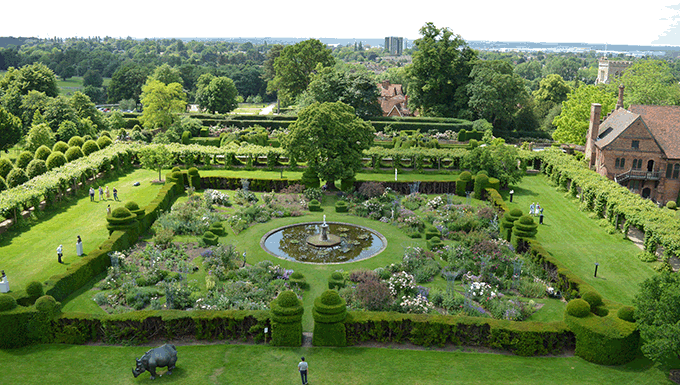

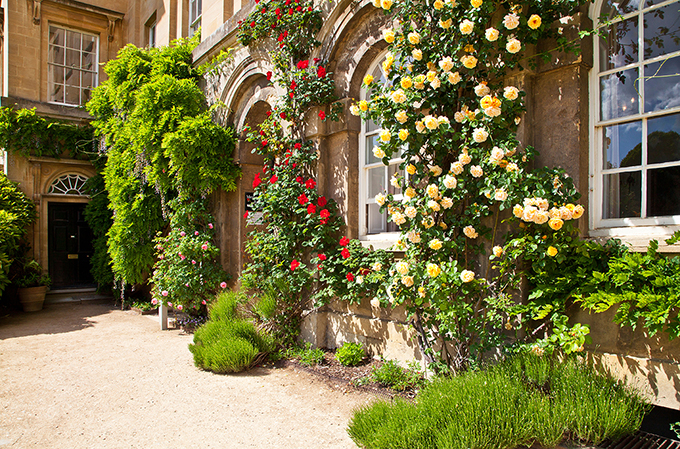
Your essential guide to Oxford
The university city in southeast England is easy to explore on foot and is a hub of museums, galleries and historic buildings

7 best places for afternoon tea in the Cotswolds
From the best cucumber sandwiches to the daintiest cakes, we’ve picked some of the most charming spots in the Cotswolds for the most British of pastimes

